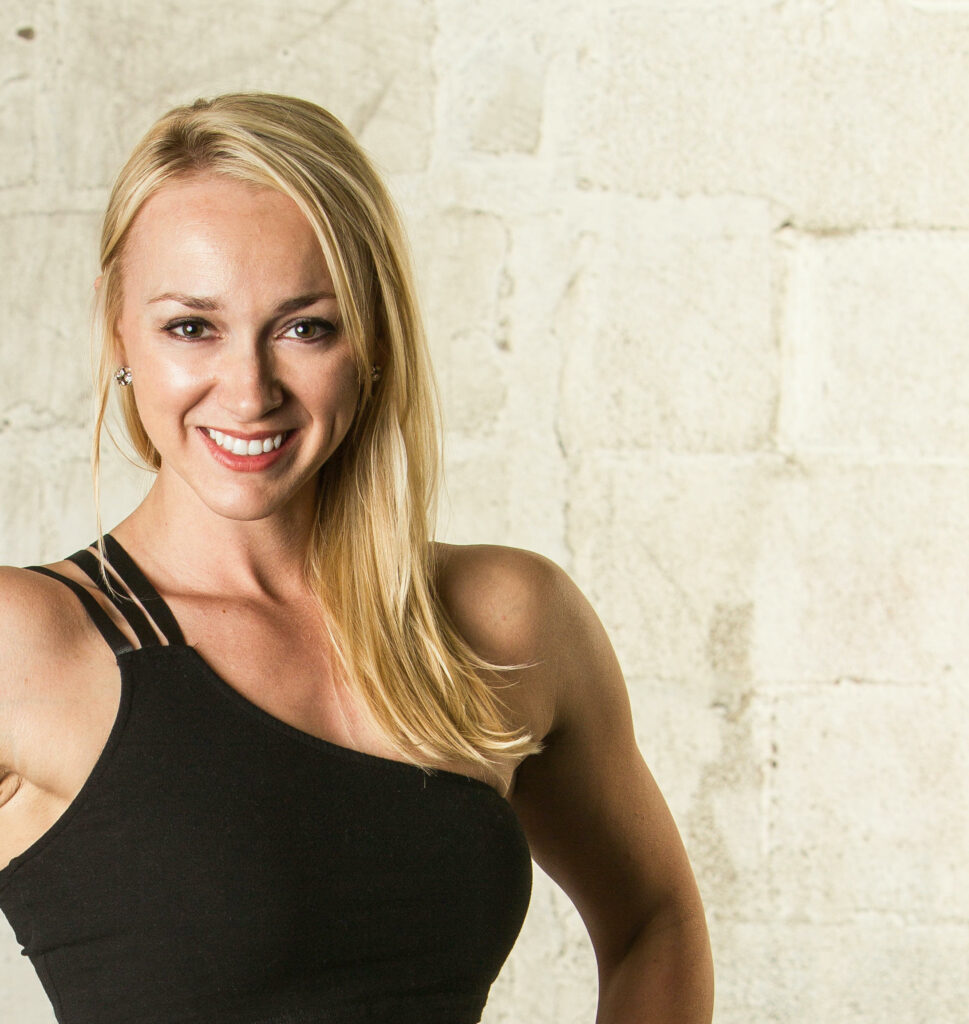There are many ways to improve your diet, but counting macronutrients (or macros) is a very effective method. The ratio of macronutrients (protein, fat, and carbs) we consume plays a huge role in how we feel, how much energy we have, and whether we gain or lose muscle or fat.
How to Count Macros
The easiest way to count macros is to use a software or app like FitDay or MyFitnessPal. I prefer MyFitnessPal. It is free to use and has a huge database of foods that you can scan for easy logging. You’ll create a username and password, and when you are logged in, you’ll see a tab at the bottom called “Diary.” This is where you enter food.
My food scale. Cheap, effective, and well used.
To ensure that you are logging amounts correctly, I highly recommend using a food scale. They are fairly cheap (under $20) and and help your numbers be precise. It is tough to estimate food amounts precisely, and a program based on precision works better than guesstimates.
Note that you won’t have to measure food forever. This is a learning process. Think of it as a period of time where you are gaining knowledge, not a strict set of guidelines. It will serve you very well in the future, especially when you feel great and see changes happening!
Sample screenshot of your daily macro summary.
Word of warning: if you enter activity on MyFitnessPal, it will automatically adjust all your macros proportionally to offset the expenditure, without notice. Suddenly you will see that you can now have an extra 800 calories, for example. (!!!) I prefer not to add exercise in MyFitnessPal for this reason.
What Should Your Macros Be?
This is not rocket science, but is beyond the scope of this article. For my clients, I suggest macro goals based on specific measures from their fitness assessment. I use the Harris-Benedict and Mifflin-St. Jeor metabolic equations to establish a starting point that’s better than a shot in the dark. These take into account your age, weight, and gender, and then I add an activity factor to match your intake with your exercise level.
The Process
This whole process is like a scientific method. We know what you are eating (thus the macros numbers), then we see what changed in your body. The more you track, such as when your numbers were good, when they weren’t, how your workouts are going, etc., the better you can fine tune to get stronger and leaner.
Please remember this is a new process for most people, and there is a learning curve for everyone. Email or comment with general questions, or if you’d like training/guidance on numbers specific for you.

About the author
Kathryn Alexander is a strength coach and personal trainer in Austin, Texas. She loves hiking, college football, and the feel of a perfectly knurled barbell. Read more about Kathryn here.


